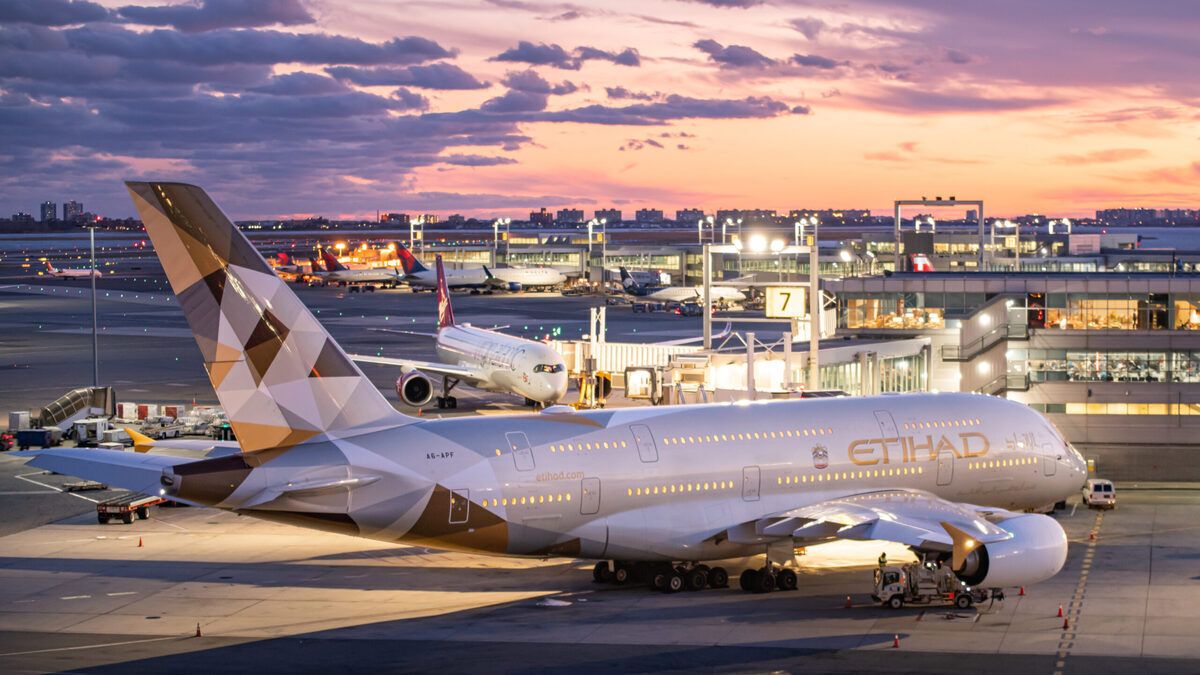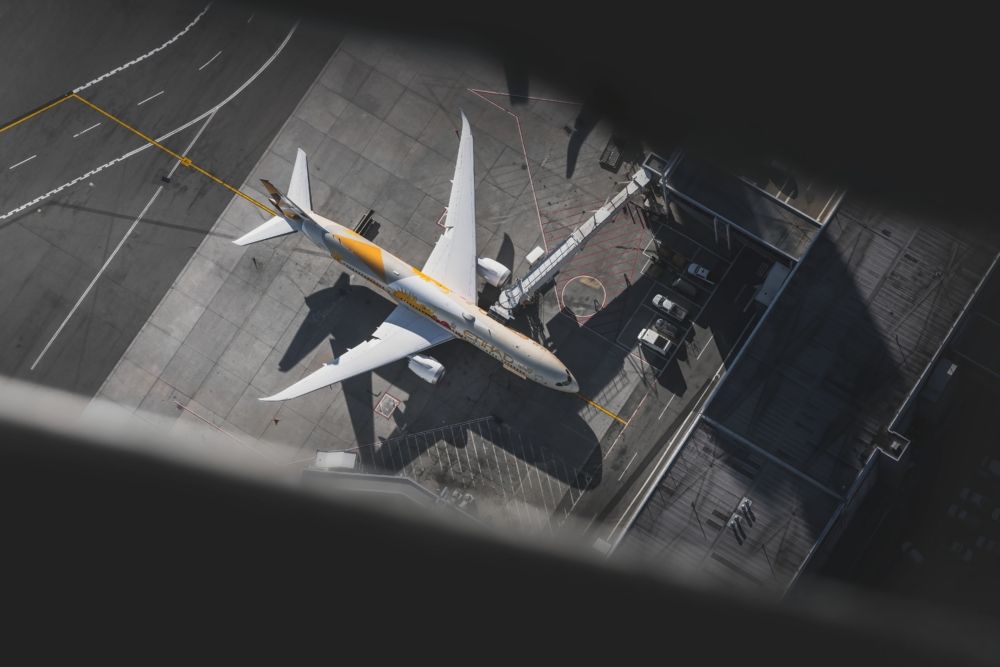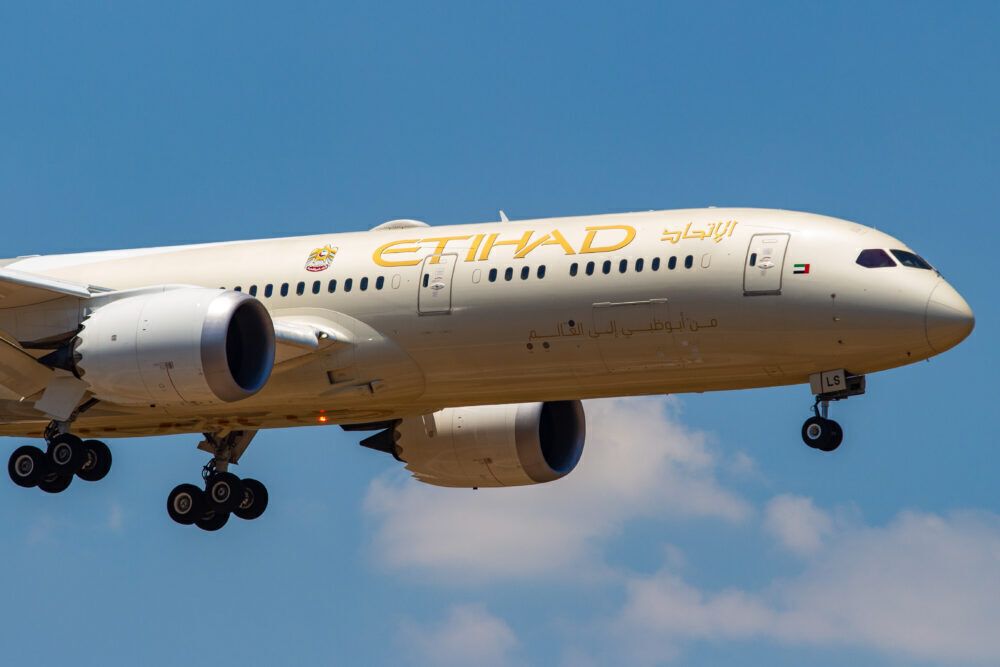Once the flagship of the fleet, Etihad has been reevaluating the future of the Airbus A380 in its operations. This week, in an exclusive interview with Simple Flying, CEO Tony Douglas shed some light on how the superjumbo compares to newer, efficient widebodies. The results are surprising, with Etihad managing to operate 2.5 787 flights for every A380 service. So what does this mean? Let's find out.
Game of numbers
For airlines globally now, the industry has become a game of lowering costs as much as possible. In this situation, a 494-seater Airbus A380 makes little sense with low passenger demand on all popular international routes. Etihad made a similar calculation when it grounded its A380s in March 2020 and announced their (almost) retirement 12 months later.
Now, we know more about just how the A380 stacks up against the smaller Boeing 787 Dreamliner. In an exclusive interview with Simple Flying this week, CEO Tony Douglas said,
"Sadly, the aircraft [A380] is handicapped by two engines too many, and also a generation of engine design, which is way behind the modern era engines that power today the likes of the 787 and A350 in particular. So we can compare and contrast how we put service onto our network through 787...We can almost operate two and a half, 787s for the cost of putting one A380 on and it simply doesn't make economic sense anymore."
Etihad operates both the -9 and -10 variants of the 787, which can seat 299 and 336 passengers in their highest capacity. This means flying 2.5 787s would offer Etihad far more capacity than a single A380 and improved efficiency gains. Even the first class-equipped 787-9s seat 235 passengers in the three-class layout.
Stay informed: Sign up for our daily and weekly aviation news digests.
Never say never
While the A380's days at Etihad are over for now, Douglas has not ruled out a comeback. He quickly added that one should "never say never" when it comes to any decision. The return of the superjumbo depends on several circumstances, including,
"If the big thick routes post-pandemic come back, if the volume ie the load factors get back to high utilisation, but most importantly, and arguably the biggest variable, in that particular scenario, the yield on the ticket gets back, and it can be economically viable to get them back into the earth, nothing would give us greater satisfaction."
The biggest challenge will indeed be the yield on the tickets sold in premium cabins. Seeing the current recovery, which is focused on leisure travelers, it seems unlikely that this dream scenario returns. However, after a year of tumult, nothing can truly be ruled out until the dust is settled.
Currently, Etihad's A380s are parked in long-term storage in Teruel, Spain. However, with the 787s seamlessly fitting into the carrier's updated schedules, the superjumbo is unlikely to make a return.
What do you think about Etihad's decision to retire the A380s and focus on the 787? Let us know in the comments!



